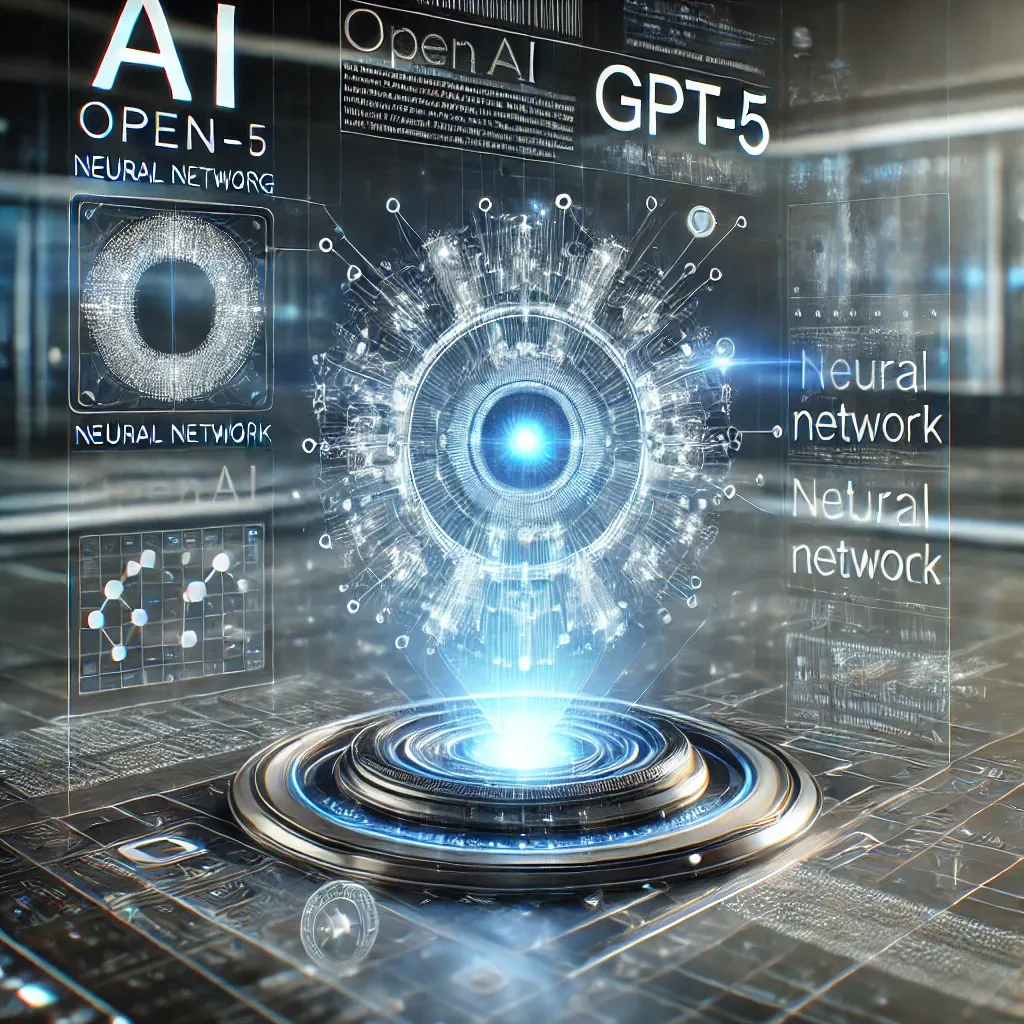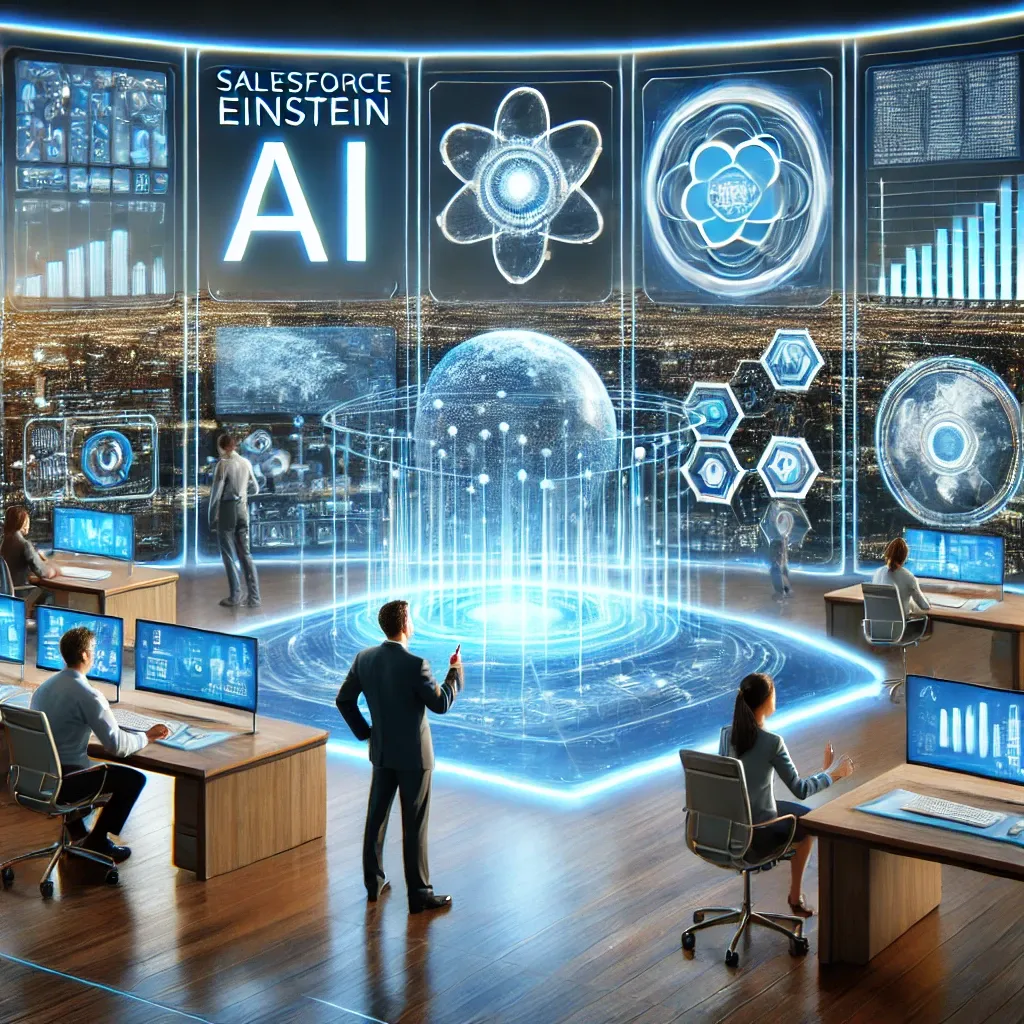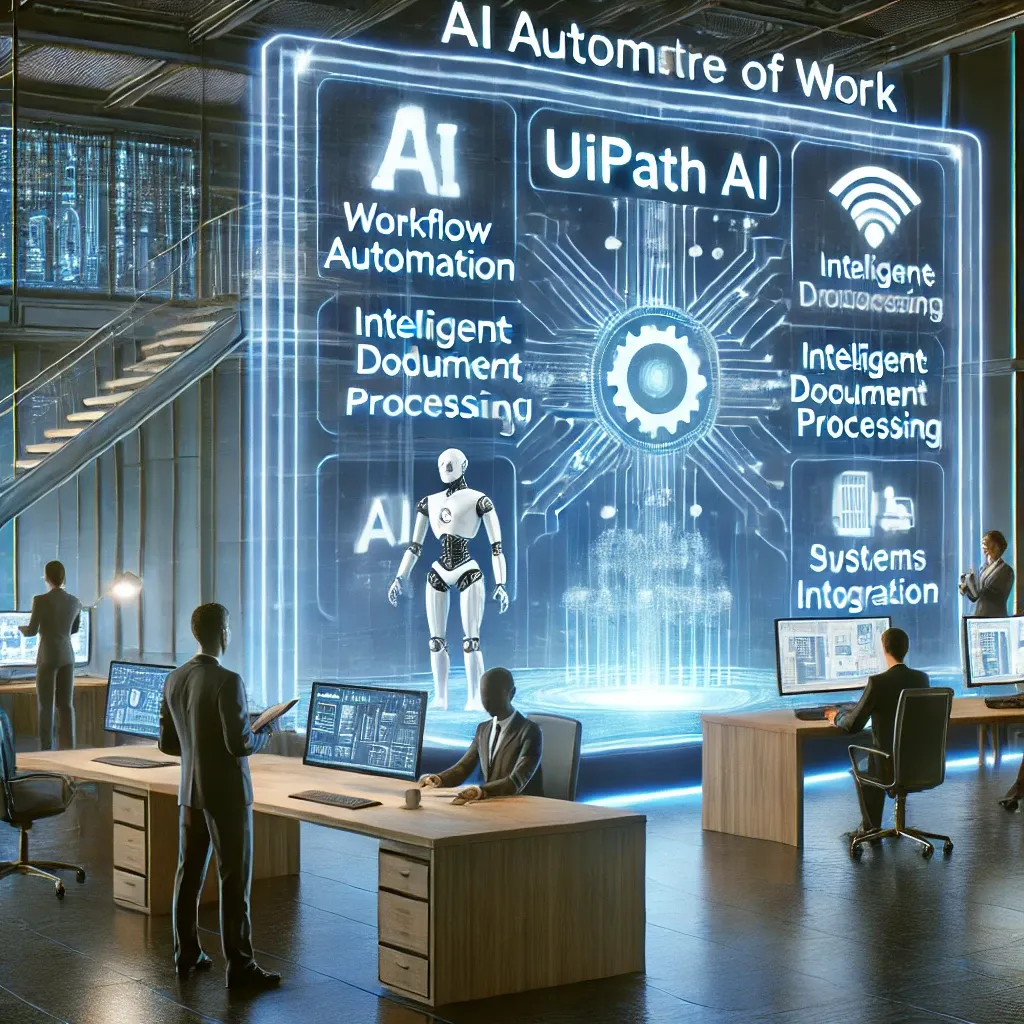Top 10 AI Tools in 2025: Revolutionizing the Future of Technology
Artificial Intelligence (AI) has evolved rapidly, becoming an integral part of our daily lives by 2025. From automating routine tasks to solving highly complex problems, AI tools are transforming industries and reshaping the way we work, live, and interact. In this article, we explore the top 10 AI tools that are leading the charge in innovation and efficiency. Whether you’re a business owner, a tech enthusiast, or simply curious about the future of AI, this guide will provide valuable insights into the tools shaping tomorrow.
1. OpenAI’s GPT-5: The Next Evolution in Natural Language Processing
🔗 Website: OpenAI
OpenAI has set a new standard in AI development with GPT-5, a language model that surpasses its predecessors in understanding context, generating human-like text, and performing complex tasks like coding and content creation.
Key Features:
- Enhanced contextual understanding for more accurate responses.
- Multilingual capabilities for global applications.
- Improved ethical safeguards to prevent misuse.
Applications:
- Content creation for blogs, social media, and marketing.
- AI-powered chatbots for customer support.
- Personalized learning and tutoring systems.
By 2025, GPT-5 is expected to dominate industries reliant on communication and content generation, making it one of the most versatile AI tools available.
2. DeepMind’s AlphaFold 3: Revolutionizing Biotechnology
🔗 Website: DeepMind
DeepMind’s AlphaFold 3 has transformed the biotech industry, specializing in predicting protein structures with unparalleled accuracy, accelerating drug discovery and disease research.
Key Features:
- High-speed protein structure prediction.
- Integration with genomic data for personalized medicine.
- Open-source platform for researchers worldwide.
Applications:
- Developing new drugs and vaccines.
- Understanding complex diseases like Alzheimer’s and cancer.
- Advancing agricultural biotechnology.
AlphaFold 3 is a prime example of how AI is solving some of humanity’s most pressing challenges.
3. Tesla’s Full Self-Driving (FSD) AI: Redefining Transportation
🔗 Website: Tesla
Tesla’s Full Self-Driving (FSD) AI is no longer a futuristic concept—it’s a reality in 2025. This AI-powered system enables vehicles to navigate complex environments with minimal human intervention.
Key Features:
- Real-time object detection and decision-making.
- Continuous learning through fleet data collection.
- Enhanced safety features to reduce accidents.
Applications:
- Autonomous ride-sharing services.
- Efficient logistics and delivery systems.
- Smart city integration for traffic management.
Tesla’s FSD AI is paving the way for a future where self-driving cars are the norm.
4. IBM Watson X: The Enterprise AI Powerhouse
🔗 Website: IBM Watson
IBM’s Watson X is a comprehensive AI platform designed for businesses, combining machine learning, data analytics, and natural language processing to drive decision-making and innovation.
Key Features:
- Advanced data analysis for actionable insights.
- Customizable AI models for industry-specific needs.
- Robust security fatures for sensitive data.
Applications:
- Financial forecasting and risk management.
- Healthcare diagnostics and treatment planning.
- Supply chain optimization.
Watson X is a must-have tool for enterprises looking to stay competitive in the AI-driven economy.
5. Google’s Bard AI: The Ultimate Creative Assistant
🔗 Website: Google Bard
Google’s Bard AI has evolved into a powerful creative tool, assisting users in generating ideas, writing content, and even designing visuals.
Key Features:
- Seamless integration with Google Workspace.
- Real-time collaboration features.
- AI-driven brainstorming and ideation.
Applications:
- Marketing campaign development.
- Video scriptwriting and storyboarding.
- Graphic design and prototyping.
Bard AI is a favorite among creatives for its ability to streamline workflows and spark innovation.
6. NVIDIA Omniverse: The Future of Virtual Collaboration
🔗 Website: NVIDIA Omniverse
NVIDIA’s Omniverse is a cutting-edge platform that leverages AI to create immersive virtual environments, widely used for simulation, design, and collaboration.
Key Features:
- Real-time 3D rendering and simulation.
- AI-powered physics and environmental modeling.
- Cross-platform compatibility for seamless collaboration.
Applications:
- Architecture and urban planning.
- Film and game development.
- Virtual training and education.
Omniverse is redefining how professionals collaborate and create in virtual spaces.
7. Salesforce Einstein: AI for Customer Relationship Management
🔗 Website: Salesforce Einstein
Salesforce’s Einstein AI is an essential tool for businesses focused on customer relationship management (CRM), using AI to analyze customer data and deliver personalized experiences.
Key Features:
- Predictive analytics for customer behavior.
- Automated marketing campaigns.
- AI-driven sales forecasting.
Applications:
- Personalized customer engagement.
- Streamlined sales processes.
- Enhanced customer support.
Einstein AI is helping businesses build stronger relationships with their customers.
8. Microsoft Azure AI: The Cloud-Based AI Solution
🔗 Website: Azure AI
Microsoft’s Azure AI is a comprehensive suite of AI tools and services available on the cloud, designed to help businesses build, deploy, and manage AI applications with ease.
Key Features:
- Pre-built AI models for quick deployment.
- Scalable infrastructure for growing businesses.
- Integration with Microsoft’s ecosystem.
Applications:
- Predictive maintenance in manufacturing.
- Fraud detection in finance.
- Personalized recommendations in e-commerce.
Azure AI is a go-to solution for businesses looking to leverage AI without complexity.
9. Hugging Face Transformers: Democratizing AI Development
🔗 Website: Hugging Face
Key Features:
- Pre-trained models for various NLP tasks.
- Easy-to-use APIs for developers.
- Active community support and contributions.
Applications:
- Sentiment analysis for social media.
- Language translation services.
- Chatbot development.
10. UiPath AI: Automating the Future of Work
🔗 Website: UiPath
Key Features:
- Intelligent document processing.
- AI-driven workflow automation.
- Integration with existing business systems.
Applications:
- HR and payroll processing.
- Data entry and management.
- Customer service automation.
Conclusion
The top AI tools of 2025 are more than just technological advancements—they are catalysts for change across industries. From enhancing creativity to revolutionizing biotechnology and automation, these tools are shaping a future where AI seamlessly integrates into our lives. Staying informed about these innovations will help individuals and businesses navigate the AI-driven world. The future is here, and it’s powered by AI. Are you ready to be a part of it?



%20AI%20redefining%20transportation.%20A%20sleek,%20modern%20Tesla%20car%20drives%20autonomously%20on%20a%20smart%20city%20.webp)






